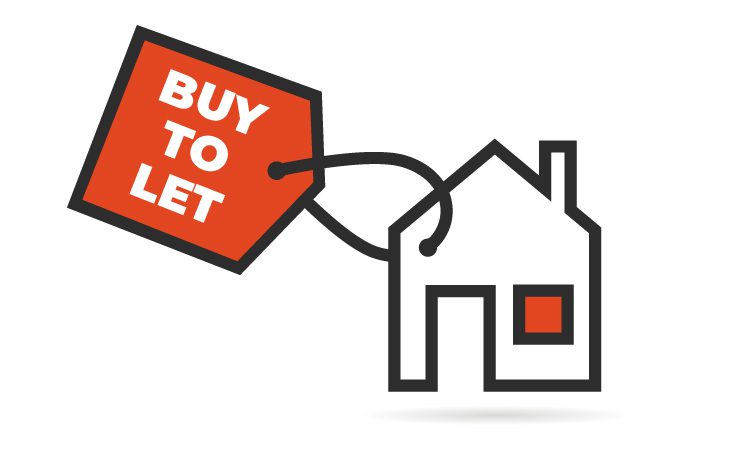Buy-to-let is a popular property investment strategy for many Australians as it can be a great way to earn additional income. Although buy-to-let has many upsides, it also comes with its risks.
If you are looking to make some income from property or you would just like to learn more about the property market, this blog is for you. We’re going to explore what buy-to-let is and the 8 things you should know before you buy-to-let.
What is buy-to-let?
Buy-to-let is the process of purchasing a property to rent out to tenants to live in. Many Australians choose to buy-to-let as it is a great way to generate passive income or reduce their taxable income.
Buying to let can be profitable as tenants pay the property owner (you!) a rental income that over time can exceed the mortgage repayments required on the home.
Negative gearing also allows the owner of the property to obtain a tax deduction generally from the interest charged on the mortgage. This tax deduction results in an increased tax refund for the owner – happy days!
Additionally, the property owner can make money on the property value appreciating over time.
1. Do your research
Before purchasing a property to buy-to-let, it is important to research the risks and potential returns available. It is a good idea to analyse the market and look for trends that can be profitable. For example, looking for properties in high-demand markets with low supply can be profitable as tenants may be willing to pay more for rent.
Conversely, understanding the risks that some properties possess can prevent you from making poor decisions. For example, understanding the risks of purchasing a property in a high-crime area and how that can negatively affect your rental income.
2. Consider the location
Location is everything in the property market and buy-to-let is no exception. Tenants are willing to pay higher rents for good locations. Here are some things to look for when choosing a good location:
- Quality local amenities like schools, shops, and restaurants.
- Close to transport links like a train station or major roads that can make it easier for the tenant to travel.
- Future growth in the area like commercial development and new transport links can increase demand for the property.
3. Calculate the costs
Calculating all the costs associated with purchasing a buy-to-let property is important to ensure you can afford the investment in the long term. Purchasing a buy-to-let property comes with more costs than a normal property.
Upfront costs such as the deposit, stamp duty, and legal fees should be accounted for as they make up a large amount of the cost of the property.
In addition to upfront costs, ongoing costs such as maintenance, repairs, and property management should be considered as they can accumulate over time.
The costs will vary depending on the purchase price of the house and other factors such as the choice of lender. For an in-depth look into the different costs associated with purchasing a home, visit: How much money do I need to buy a house?
4. Think about your target market
Think about the type of tenant you would like in your property. The property should meet your tenant’s needs and preferences. Consider the things that are important to that target market such as the location and the property features available.
For example, if you would like to target families, you may consider purchasing a property with adequate outdoor space, enough bedrooms, and is close to a good school.
5. Understand the rental market
Understand the rental market by researching the average rental prices and vacancy rates in the local area. By understanding the local rental market, you can set competitive rental prices that attract more tenants. This means you are more likely to maximise your rental income while reducing the risk of vacancy periods.
6. Consider property management
If you have no experience in managing properties, you may want to hire a property manager. Property managers handle all day-to-day tasks such as finding tenants, collecting rent, and maintaining the property. Property managers make owning an investment property easier. They can save you time and ensure your property is well looked after.
7. Get insurance
Insurance is important as it protects your investment from unforeseen events that can drastically affect you financially. You can choose an insurance company that covers risks such as loss of rental income and property damage. If you didn’t have insurance in the case of property damage, you could be left thousands out of pocket.
8. Get Professional advice
If you would like to make an informed property investment decision, we recommend seeking professional advice from a financial advisor, mortgage broker, or property manager. The property market can be complex at times, so speaking to a professional can help reduce your risk and get the most out of your investment. Buy-to-let can be a great way to generate additional income as you purchase a property and rent it out to tenants. Buy-to-let investors can also make money on the appreciation of their property, although the buy-to-let process comes with its risks. By doing your research on location, costs, target market, rental market, property managers, insurance, and professional advice, you can make an informed decision on an investment property that can create long-term wealth.
Looking for a mortgage lender?
If you are looking to buy-to-let, One Click Life can help you choose a lender that best suits you, while keeping more money in your pocket. Need a mortgage broker? We have a team of experienced professionals to help you select the right mortgage. One Click Life can also take care of your Taxes, Health Insurance, and Will so you can do more of the things you enjoy.

